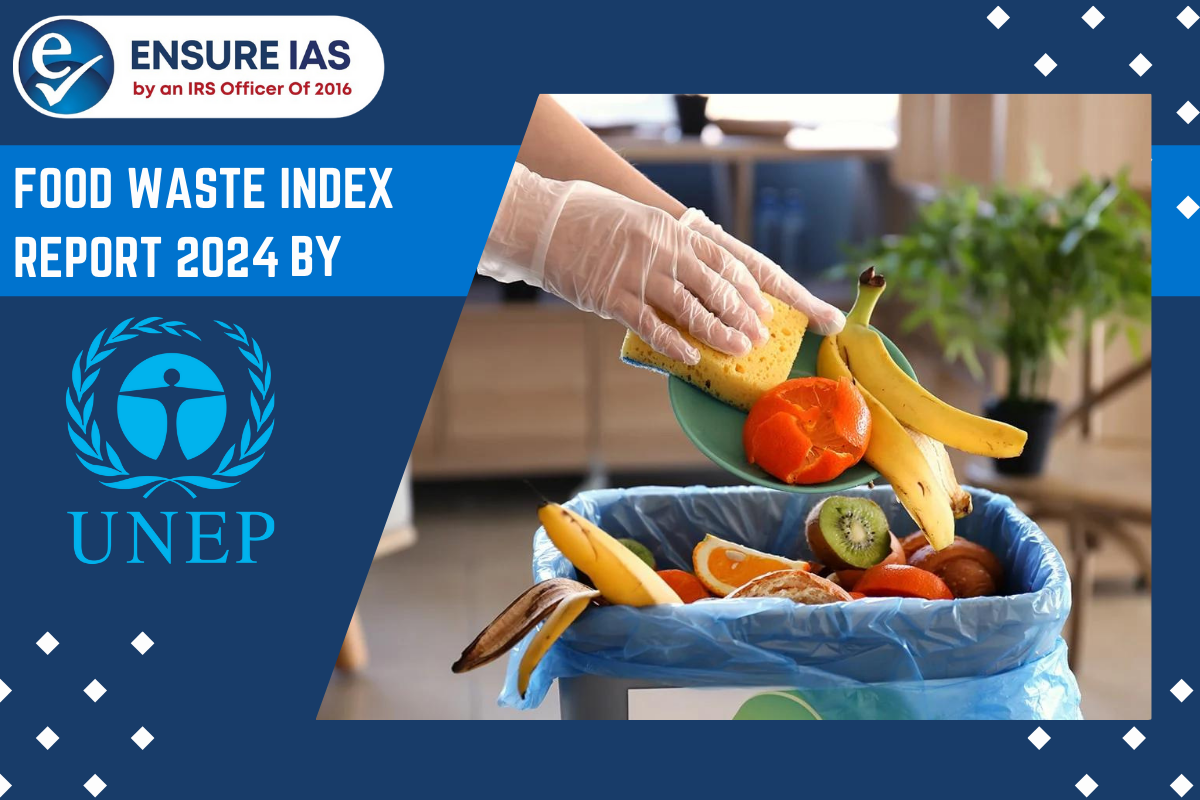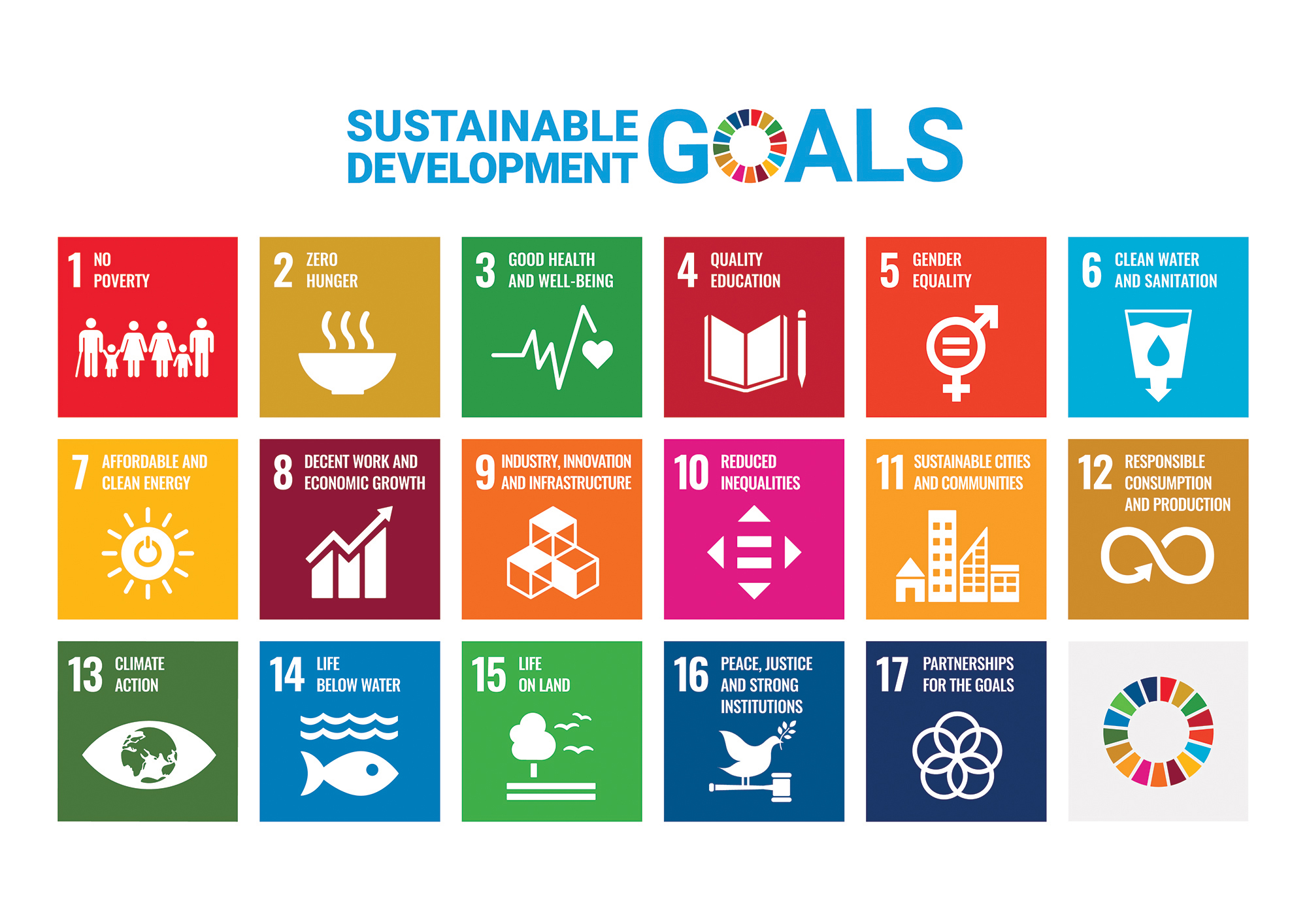- Courses
- GS Full Course 1 Year
- GS Full Course 2 Year
- GS Full Course 3 Year
- GS Full Course Till Selection
- Answer Alpha: Mains 2025 Mentorship
- MEP (Mains Enrichment Programme) Data, Facts
- Essay Target – 150+ Marks
- Online Program
- GS Recorded Course
- Polity
- Geography
- Economy
- Ancient, Medieval and Art & Culture AMAC
- Modern India, Post Independence & World History
- Environment
- Governance
- Science & Technology
- International Relations and Internal Security
- Disaster Management
- Ethics
- NCERT Current Affairs
- Indian Society and Social Issue
- NCERT- Science and Technology
- NCERT - Geography
- NCERT - Ancient History
- NCERT- World History
- NCERT Modern History
- NCERT Medieval History
- CSAT
- 5 LAYERED ARJUNA Mentorship
- Public Administration Optional
- ABOUT US
- OUR TOPPERS
- TEST SERIES
- FREE STUDY MATERIAL
- VIDEOS
- CONTACT US
FOOD WASTE INDEX REPORT 2024
FOOD WASTE INDEX REPORT 2024

To mark the second annual International Day of Zero Waste, UNEP will launch its Food Waste Index Report 2024 on 27 March 2024.
- The irony is that while the world faces starvation, millions of tonnes of food grains are wasted every year.
- The United Nations reports that more food is wasted daily than the number of hungry people worldwide.
- Hotels and restaurants contribute significantly to this waste.
- In 2022, 19% of global grain production, approximately 1.05 billion tons, was wasted.
- The UN Environment Programme's Food Waste Index report monitors countries' progress in halving food waste by 2030.
Behavioral and Attitude Changes Needed to Prevent Food Wastage
- Families need to change their irresponsible consumption patterns, starting from their own homes.
- Calculate the price when buying groceries, reduce single-use packaging, order consciously from restaurants.
- Get involved with organizations like Coimbatore-based No Food Waste, which redistributes excess food to feed the needy.
Impact of Food Loss and Waste:
- Reducing food waste is essential in a world where hunger is on the rise and tons of edible food is lost or wasted every day.
- The resources used to produce food, including water, land, energy, labor and capital, are wasted.
- Food waste disposal in landfills produces greenhouse gases, which contribute to climate change.
- Leachate, a black liquid, flows from the landfill, contaminating the soil and groundwater.
- Overcrowded landfills cause blocked drains, soil and water pollution.
Importance of Reducing Food Loss and Waste:
- Reducing food loss near farms addresses food insecurity and reduces pressure on land and water.
- Reducing food waste in the supply chain and at the consumer level cuts greenhouse gas emissions.
- Reducing food losses in the early stages of the supply chain improves food security, especially in countries with high insecurity.
- Reducing food loss and waste represents a missed opportunity to reduce malnutrition and micronutrient deficiencies.
- Reduces methane emissions from landfills and reduces carbon footprint.
- Reducing food waste saves energy and resources used to grow, manufacture, transport, and sell food.
Action to be taken
- Educate children about the importance of food and the environmental impact of food waste.
- Donate uneaten food from household parties to charities through local NGOs.
- Implement essential food safety techniques to prevent food waste.
- Food waste audits help to identify why food has been wasted.
- Maintain correct temperatures and suitable storage for perishable items.
- Mandatory supermarket donations of unsold food to charities or farmers for conversion into fertilizers (as in France).
- Canada recovers unused food items from various sources to cook over 22,000 meals daily.
- Sweden's recycling revolution: less than 1% of household waste ends up in landfills; 2.2 million out of 4.4 million yearly tons of waste is converted into energy.
FAQ:
Q. What is Sustainable Development Goal 2?
End hunger, achieve food security and improved nutrition and promote sustainable agriculture:
-
Goal 2 seeks sustainable solutions to end all forms of hunger and achieve food security by 2030.
-
Its aim is to ensure that everyone has enough good quality food to lead a healthy life.
-
Achieving this goal will require improved access to food and widespread promotion of sustainable agriculture.
-
This includes improving the productivity and incomes of small-scale farmers by promoting equitable access to land, technology and markets, sustainable food production systems and resilient farming practices.
-
There is also a need to increase investment through international cooperation to increase the productive capacity of agriculture in developing countries.
Q. Has the Government of India taken several steps to reduce food waste?
The Government of India has taken several steps to reduce food waste, including:
-
SAMPADA (Scheme for Agro-Marine Processing and Development of Agro-Processing Clusters) Launched in 2016, this scheme works to develop an integrated cold supply chain infrastructure for agricultural products.
-
MEGA FOOD PARKS
-
COLD CHAIN, VALUE ADDITION & PRESERVATION INFRA
-
CREATION OF FOOD PROCESSING & PRESERVATION CAPACITIES
-
CREATION OF BACKWARD & FORWARD LINKAGES
-
FOOD SAFETY & QUALITY ASSURANCE INFRA
-
AGRO PROCESSING CLUSTER




